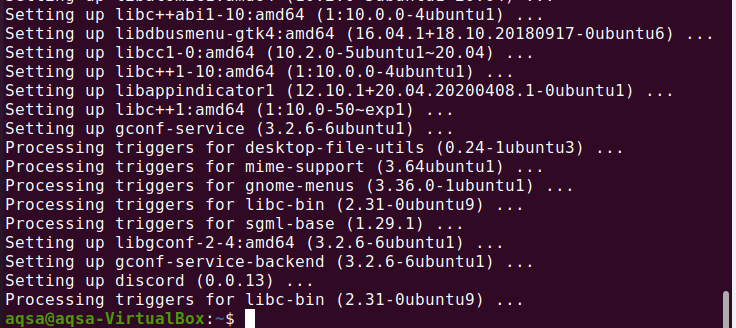


Then you could manually extract new update when needed over this local installation. EDIT: to install locally, download the compressed archive on their website, extract the Discord folder somewhere in your home, and you can start Discord executable directly, or you can also modifiy the sktop file to change the line Exec= to point to where you extracted it (you can also modify the Icon= line to point to Discord icon in the local installation folder), and move the ktop file to ~/.local/share/applications/ so it is available in your Application launcher (in theory). So other best bet is to install Discord locally so you can manually update it yourself. If you want to have quick updates to Discord, best bet is to use the AUR version of Discord so when there is an update you can update it through Pamac or any other AUR helper immediately (because community update the AUR PKGBUILD rapidly and no need to go through the distribution update normal process, but I see it is also out of date on the AUR right now). Next you'll need to open your terminal.Discord is imported from Arch, and it is out of date there too. Navigate to a suitable place on your machine and create a new folder named discord-bot (or whatever you want). However, before you install anything, you should set up a new project folder. npm comes with every Node installation, so you don't have to worry about installing that. To use discord.js, you'll need to install it via npm (Node's package manager). On Linux, you can consult this page open in new window to determine how you should install Node. Use a package manager like Homebrew open in new window with the command brew install node.Download the latest version from the Node.js website open in new window, open the package installer, and follow the instructions.Download the latest version from the Node.js website open in new window, open the downloaded file, and follow the steps from the installer. On Windows, it's as simple as installing any other program. If it outputs v16.9.0 or higher, then you're good to go! Otherwise, continue reading.

To check if you already have Node installed on your machine (e.g., if you're using a VPS), run node -v in your terminal.


 0 kommentar(er)
0 kommentar(er)
